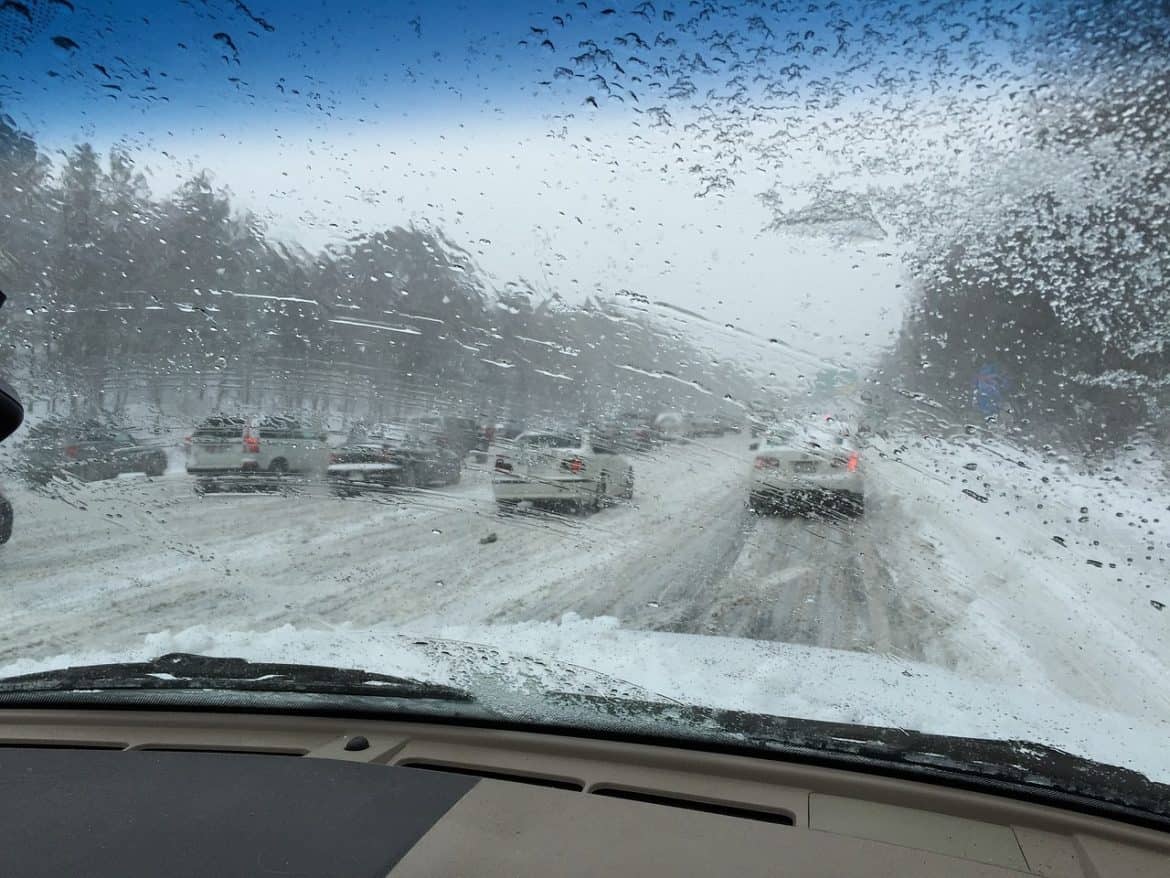
Winter Driving is more than having a 4 wheeled drive or experience in the frozen north. It is about preparedness, common sense, and looking out for other drivers. I have seen all manner of accidents caused by winter driving conditions, and know the damage vehicles can do.
When driving in wintry weather: slow down, stretch the two-second rule to four seconds or more, never use cruise control and know how to use the type of brakes your vehicle has to their maximum safe effect.
9 Winter Driving Safety Tips:
- Since your battery works harder than ever in the cold, have it professionally checked before winter sets in.
- Have a professional check your antifreeze for both quantity and quality, but don’t stop there. Do the same with the rest of your car’s fluids: oil, transmission, brake, battery, power steering and windshield washer.
- As for gasoline, keep your tank at least half-full throughout the winter. Adding gasoline antifreeze directly into the tank may prevent a fuel-line freeze-up.
- Take a good look at your wiper blades. A summer’s baking may have left them streaking or otherwise not up to the winter freeze-thaw cycle.
- One more thing to have done while your car is in a professional’s hands is, of course, have the brakes and exhaust system checked. Brakes are your last line of defense against becoming stranded; a faulty exhaust system adds to the danger if you do become stranded.
- Make sure all tires including the spare meet the penny test: insert a penny into the tread in several places (don’t cheat, either – go for the most worn places!); if you see the top of Lincoln’s head, replace the tire. You should do this often, but worn tires are especially dangerous in winter driving conditions.
- Make sure your jack is working and accessible.
- Speaking of tires, check their pressure often. When the temperature drops 30 degrees, your tires may lose as much as five pounds of their air pressure – and tires that don’t have enough pressure lose traction.
- If you have a pick-up or similar vehicle with less rear-end weight, carry a sandbag or other artificial weight – especially important if the vehicle is rear-wheel drive.
